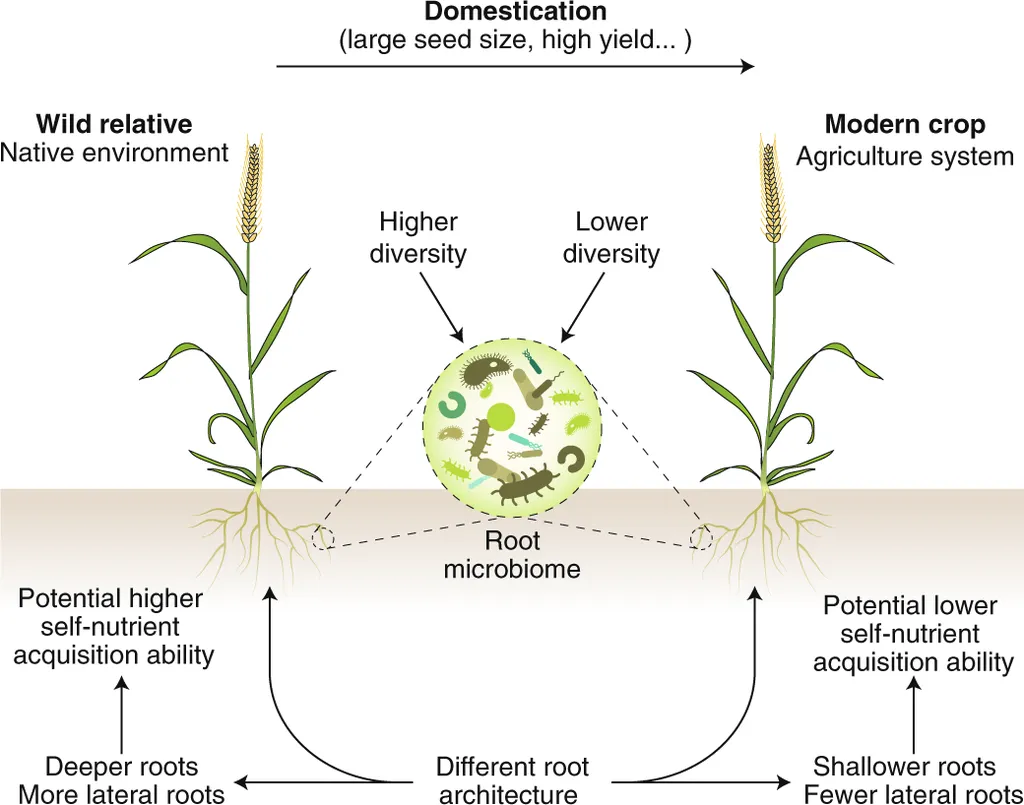In the heart of Western Sydney, a groundbreaking study led by Ayomide Emmanuel Fadiji at the Hawkesbury Institute for the Environment is unlocking the secrets of a hidden treasure trove within our crops: seed endophytic microbiomes. These tiny, often overlooked communities of microbes nestled within seeds are emerging as potential game-changers for sustainable agriculture, with implications that could ripple through the energy sector as well.
Fadiji’s research, published in the journal ‘Plants’ (which translates to ‘Plants’ in English), delves into the diverse and vital functions of these seed-associated microbes. “While we’ve known about endophytes for some time, the seed endophytic microbiome is a relatively unexplored frontier,” Fadiji explains. “These microbes are the first inoculum a plant receives, influencing critical early developmental stages and potentially enhancing plant biomass and yield, especially under stress conditions.”
The study highlights that seed endophytes can produce a broad array of beneficial compounds, including phytohormones, enzymes, and antimicrobial substances. These compounds contribute to plant health and productivity, offering a promising avenue for enhancing crop resilience and sustainability. For the energy sector, this could translate into more robust feedstocks for bioenergy production, as healthier plants can lead to higher yields of energy crops.
The commercial impacts of this research are substantial. By harnessing the power of seed endophytes, farmers could reduce their reliance on chemical fertilizers and pesticides, leading to more sustainable and cost-effective agricultural practices. This, in turn, could stabilize and potentially lower the cost of feedstocks for bioenergy production, making renewable energy more economically viable.
Fadiji’s work also underscores the importance of vertical transmission of these microbes, a process that ensures the beneficial traits are passed down through generations of plants. This natural mechanism could be exploited to develop more resilient crop varieties, further bolstering the agricultural sector and its downstream industries, including energy.
The study also points to future research directions, emphasizing the need for a deeper understanding of the diversity, community composition, and mechanisms of action of seed endophytic microbes. “By fully harnessing their potential, we can revolutionize sustainable agriculture and contribute to a more resilient and productive food and energy system,” Fadiji asserts.
As we stand on the brink of a new agricultural revolution, Fadiji’s research offers a glimpse into a future where tiny microbes play a mighty role in shaping our crops, our fields, and our energy landscape. The journey has just begun, but the potential is immense, promising a greener, more sustainable future for us all.

